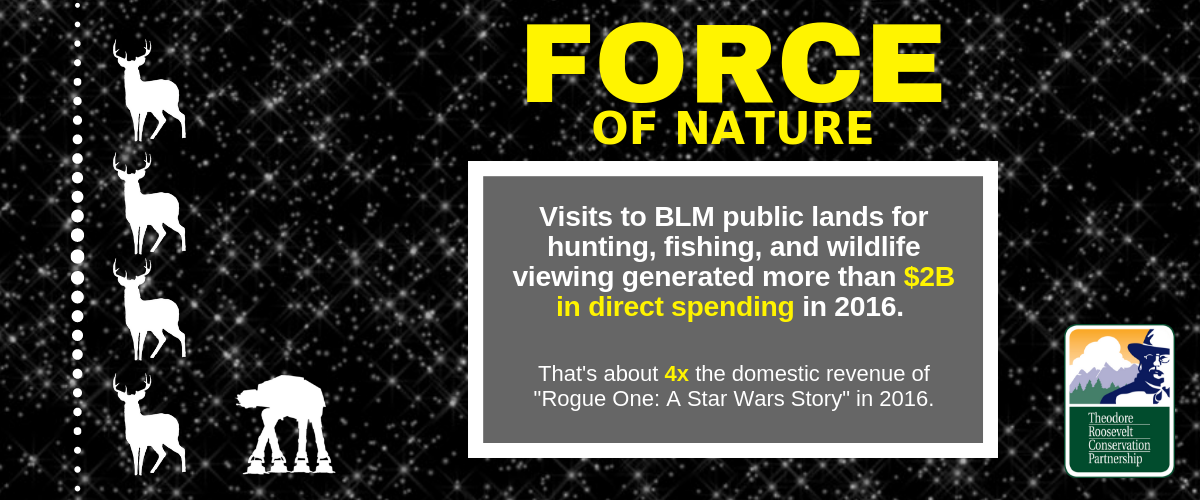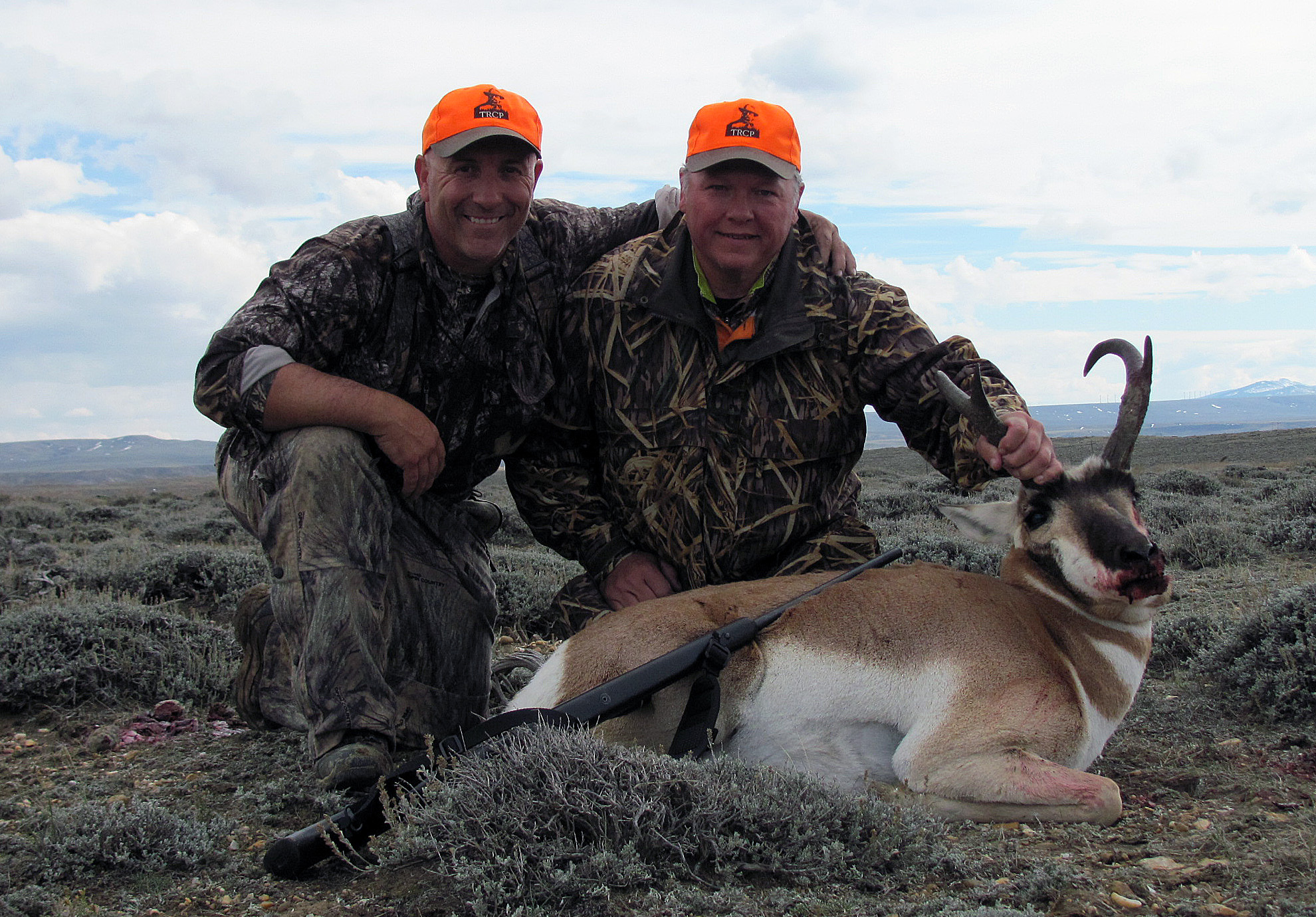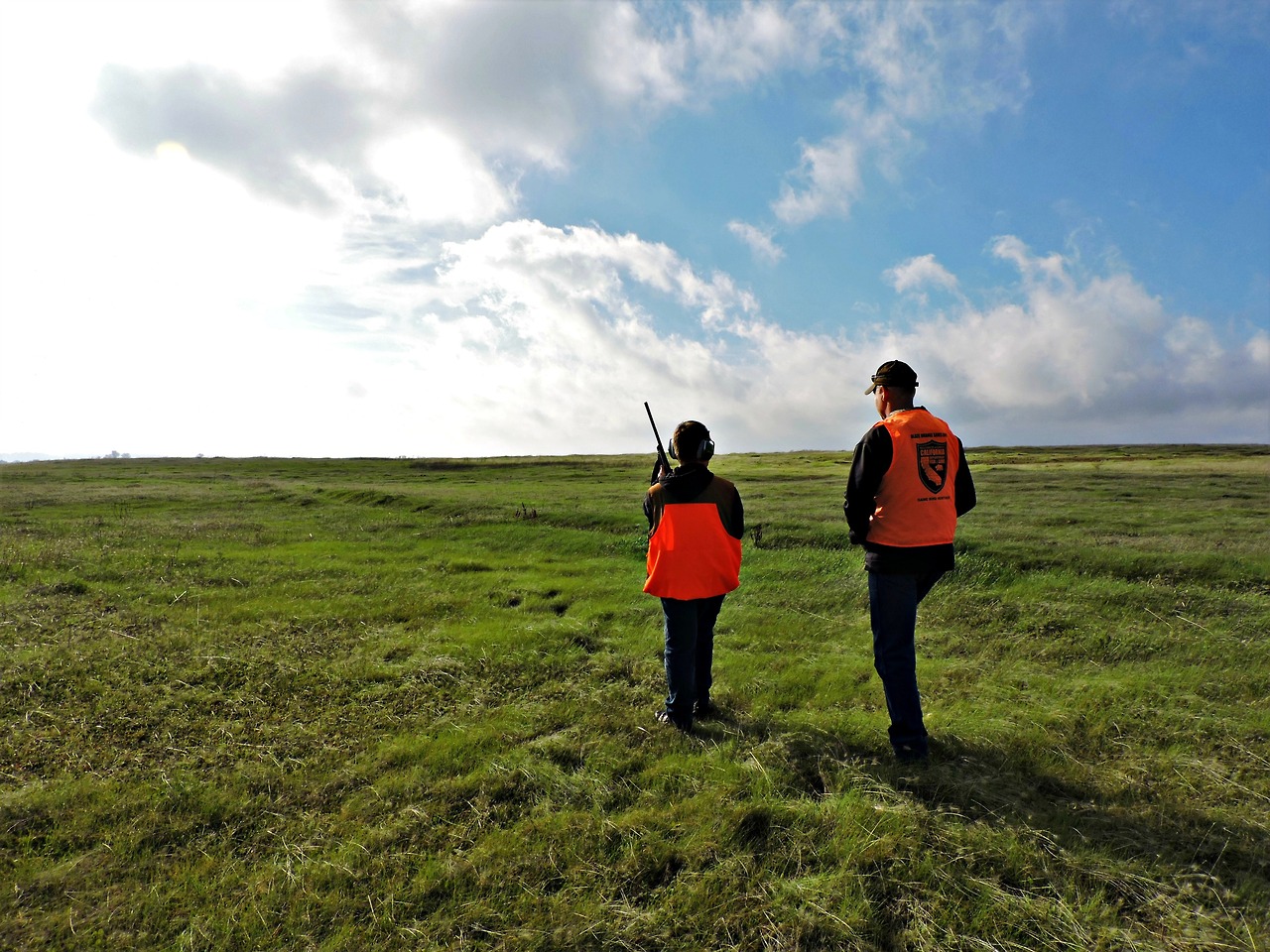blm-wyomgin-3
Do you have any thoughts on this post?
Without a new five-year bill, conservation and voluntary access incentive programs are currently unavailable to well-intentioned landowners
On Sunday night at midnight, the 2014 Farm Bill expired, effectively hitting the pause button on a number of vital conservation programs. If Congress can’t get a new five-year bill reauthorized by the end of this Congress, it could have profound impacts on future funding for conservation programs and begin to influence whether farmers and ranchers across the nation even want to take advantage of conservation incentives.
“Farmers, ranchers, and forest owners across the country depend on Farm Bill conservation programs for the tools they need to protect and improve soil, water, and wildlife habitat on working lands, and this failure to pass an on-time Farm Bill means that farmers and ranchers will no longer be able to enroll in the full suite of conservation programs over the coming weeks,” says Aviva Glaser, director of agriculture policy at the National Wildlife Federation. “We call on Congress to come together quickly to pass a strong, bipartisan, and conservation-friendly Farm Bill.”
Until lawmakers resolve debate and vote to pass a new bill, well-intentioned landowners—whose demand for conservation programs already outstrips the funding available—can’t enroll in important programs and services that benefit wildlife, water quality, and outdoor recreation.
“Farmers, ranchers, and landowners need these conservation tools available to them to address natural resource concerns on their property,” says Jim Inglis, director of governmental affairs for Pheasants Forever and Quail Forever. “Right now, for example, enrollment in the Conservation Reserve Program—one of our country’s most successful conservation programs that provides tremendous benefits for wildlife while reducing soil erosion and improving water and air quality—is not possible. This means a loss of habitat benefits for pheasants, quail, and many other species across the country that we enjoy pursuing each fall.”
The lapse in authorization could also create confusion for hunters and anglers who rely on private land for access. “By missing the September 30 deadline, Congress has created tremendous uncertainty among sportsmen and women who enjoy the conservation and public-access benefits of the Voluntary Public Access and Habitat Incentive Program, a farm bill program that has opened hundreds of thousands of private acres for walk-in access to hunting and fishing,” says Alex Maggos, director of agriculture and private lands for the Theodore Roosevelt Conservation Partnership. “This could cause ripple effects in rural communities that typically see an influx of spending during the fall hunting season.”
Any bill that passes should contain strong conservation provisions and funding for key programs. “The Farm Bill plays a critical role in keeping America’s working lands in working hands and yields significant economic benefits to farms, ranches, and communities across our nation,” says Lori Faeth, government relations director of the Land Trust Alliance. “We urge Congress to pass a Farm Bill that restores funding for the Agricultural Conservation Easement Program to $500 million annually and enacts common-sense changes to make the Agricultural Land Easement program more efficient and effective. But Congress must act now. Every day we lack a new Farm Bill is another day we stand to lose another farm or ranch.”
“The expiration of the Farm Bill shuts the door on farmers, ranchers, and forest landowners trying to voluntarily protect and enhance their lands through the Regional Conservation Partnership Program,” says Jenny Conner Nelms, senior policy advisor for agriculture at The Nature Conservancy. “These innovative projects bring together public and private partners, who in the first five years have matched federal funding with more than $2 billion in local and private funding, to tackle local natural resource concerns and boost conservation nationwide. This popular program brings new partners to the table and has already funded projects from irrigation efficiency and soil health to base buffering around military installations—all of this will be on hold until Congress passes a new farm bill.”
“With nearly two-thirds of America’s forests under private ownership, mostly in the hands of families and individuals, the Farm Bill is a critical tool for forest conservation that benefits big game and upland birds,” says Brent Rudolph, director of conservation for the Ruffed Grouse Society and American Woodcock Society. “Improving stewardship of private and family-owned forests should be as bipartisan as any issue out there, especially considering that the Farm Bill is a resource for safeguarding clean air and water, providing incredible recreation and habitat value, and supporting more than 2.4 million rural jobs, as well. The inability to move a Farm Bill that provides such support is a missed opportunity and true disappointment.”
With an Alaska roadless rule on the way, sportsmen and women need to advocate for habitat, clean water, and quality hunting and fishing opportunities
The US Forest Service has announced plans to rewrite the rules for the management of 16.8 million acres of roadless backcountry in the Tongass and Chugach National Forests in Alaska.
The lands under consideration have never been roaded or developed, and they provide enormous benefits for hunters, anglers, and the commercial fishing industry right now, just the way they are.
These areas are currently managed under the direction of the 2001 roadless rule, and a re-write of their management could result in industrial development, impairing streams important to salmon and disturbing valuable big game habitat.
Take a few moments right now to submit a letter in support of safeguarding these critically important hunting and fishing lands. We have developed the below talking points to help you write your letter.
Comments will be accepted until October 15, so make your voice heard today!
Suggested Talking Points
Photo courtesy: Forest Service Alaska Region, USDA
Congress avoids a federal shutdown, but allows the best tool for opening landlocked public lands to expire
Midnight last night marked the end of fiscal year 2018 and the expiration of the Land and Water Conservation Fund, a program that makes critical investments in fish and wildlife habitat and sportsmen’s access on public land. This lapse in authorization effectively represents a loss of potential for millions of dollars in important conservation funding.
“Despite strong bipartisan support for the LWCF, congressional gridlock has effectively created a one-two punch for outdoor recreation opportunities in America—continued inaction would stall efforts not only to conserve key fish and wildlife habitats, but also suspend our best tool for opening access into 9.52 million acres of existing public lands that are entirely isolated by private holdings,” says Whit Fosburgh, president and CEO of the Theodore Roosevelt Conservation Partnership.
In August 2018, the TRCP released a report with leading app-makers onX to quantify the scope of the landlocked public lands problem in the 13 Western states.
The Land and Water Conservation Fund has been used for more than 50 years to invest billions into the acquisition of lands and enhance access to hunting, fishing, and other outdoor recreation. Thousands of Americans who enjoy our public lands have reached out to Congress to express overwhelming support for a renewal of LWCF. Despite this, Congress still failed to act on what may be the most significant and bipartisan public lands conservation initiative in the country.
“Congress will have opportunities after the mid-term elections to not only reauthorize LWCF but make that authorization permanent with full funding, so that generations of Americans can continue to benefit from this sensible and long-standing investment,” says Fosburgh. “Lawmakers must avail themselves of those opportunities.”
BLM public lands are critical to our hunting and fishing access, but a new study finds that they also support outdoor recreation businesses and local economies in a big way
Total direct spending for hunting, fishing, and wildlife viewing on the 246 million acres of America’s public land administered by the Bureau of Land Management in the western U.S. totaled more than $2 billion in 2016, according to a new study on wildlife-related recreation spending unveiled yesterday.
Visits to BLM public lands also supported 26,500 jobs, generated more than $1 billion in salaries and wages, and produced more than $421 million in federal, state, and local tax revenue.

The research was conducted by the independent firm Southwick Associates Inc. with support from the Theodore Roosevelt Conservation Partnership, The Pew Charitable Trusts, Wildlife Management Institute, Trout Unlimited, Archery Trade Association, and the American Fly Fishing Trade Association.
Southwick’s analysis found that visits in 2016 to BLM-managed lands in Alaska, Arizona, California, Colorado, Idaho, Montana, Nevada, New Mexico, Oregon, Utah, Washington, and Wyoming for the purpose of wildlife-related recreation resulted in more than $3 billion in total economic output.
“Our research found that recreation associated with fish and wildlife on BLM lands is a significant jobs generator, providing income for rural communities for decade after decade with minimal investment compared to other industries,” says Rob Southwick of Southwick Associates. “Smart business and planning call for managing BLM’s fish and wildlife-related resources as important economic assets.”
“These findings confirm what many of us have known all along: BLM public lands are critically important for public hunting and fishing in America, and these activities are good for businesses and local communities alike,” says Christy Plumer, chief conservation officer with the Theodore Roosevelt Conservation Partnership. “This report should be a foundational resource as decision-makers consider the economic effects of wildlife habitat conservation on BLM public lands.”

“Hunting, fishing, and wildlife watching are long-standing traditions in the U.S., and public lands and waters offer some of the best places to enjoy these pursuits,” says Matt Skroch, an officer with The Pew Charitable Trusts. “The report underscores the importance to communities in the West of wildlife and its associated public lands habitat and provides a strong economic argument for conserving our wildlife heritage on BLM lands.”
Steve Williams, president of the Wildlife Management Institute, adds, “This study shows that our public lands provide not just incredible places to hunt and fish; they also boost the economies of local communities while contributing billions of dollars to the U.S. economy.”
“You can’t put a price on the importance of public lands for our outdoor traditions, but this study shows that you can put a price on the economic impact of these special places,” says Corey Fisher, Trout Unlimited’s public lands policy director. “We’ve long known that public lands are critical to the health of our trout and salmon fisheries, and we now know just how valuable fishing on these lands is for the bottom line of businesses large and small.”

“As advocates for the fly-fishing industry on conservation, access, and business issues, we see firsthand the benefits public lands bring to local economies. As a nation, we must continue to protect access to our public lands; they are an invaluable asset to the people of the United States and our economy,” says Ben Bulis, president of the American Fly Fishing Trade Association.
“This study shows that the West’s sporting heritage on public lands, including bow hunting and other archery-related recreation, is a significant driver of jobs and revenue for local communities,” says Dan Forster, president of the Archery Trade Association. “Maintaining this heritage, along with the habitat that our wildlife depend on, is an important priority for our community as well as public land agencies.”
Southwick Associates calculated the economic contribution generated by the spending of visitors who engaged in wildlife-related recreation activities on BLM lands in 11 western states and Alaska. The researchers based their calculations on 2016 visitation data from the BLM and spending data from the U.S. Fish and Wildlife Service’s 2016 National Survey of Fishing, Hunting, and Wildlife Associated Recreation.
Read the full report and methodology for this study here.
Top photo by Michael Aleo
Theodore Roosevelt’s experiences hunting and fishing certainly fueled his passion for conservation, but it seems that a passion for coffee may have powered his mornings. In fact, Roosevelt’s son once said that his father’s coffee cup was “more in the nature of a bathtub.” TRCP has partnered with Afuera Coffee Co. to bring together his two loves: a strong morning brew and a dedication to conservation. With your purchase, you’ll not only enjoy waking up to the rich aroma of this bolder roast—you’ll be supporting the important work of preserving hunting and fishing opportunities for all.
$4 from each bag is donated to the TRCP, to help continue their efforts of safeguarding critical habitats, productive hunting grounds, and favorite fishing holes for future generations.
Learn More
